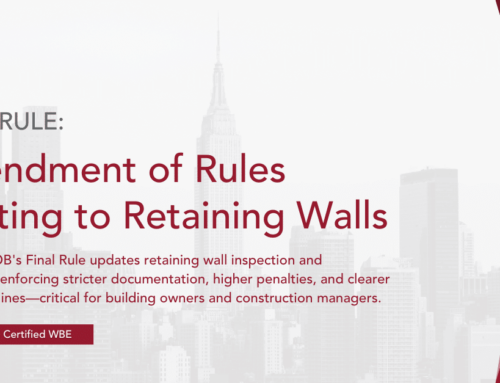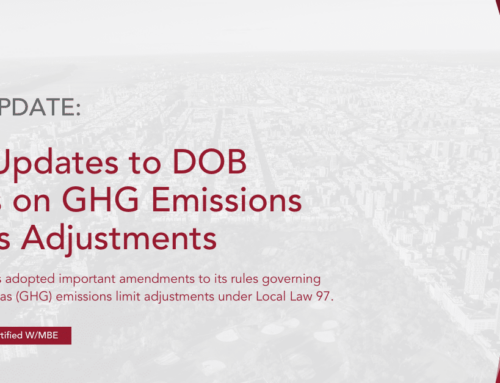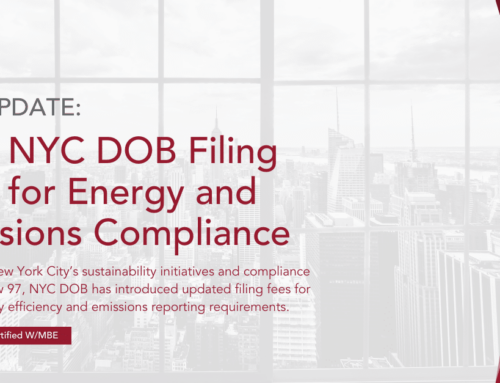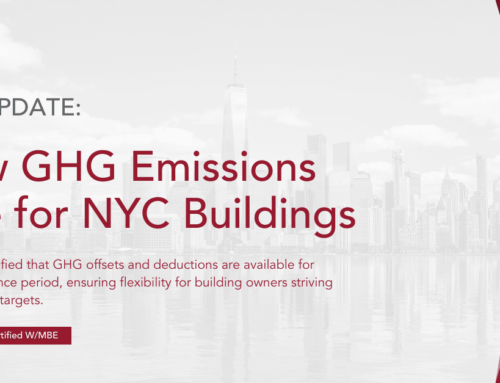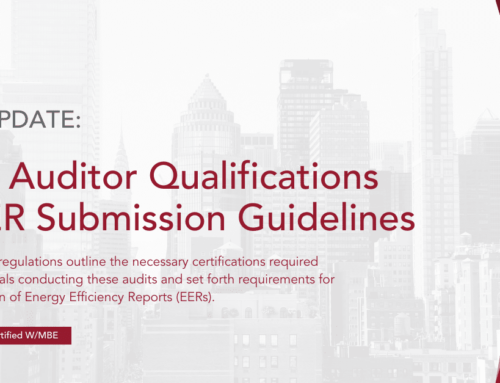From Crains New York Business:
By Matt Caruso
With construction seemingly on every corner, it might come as a surprise to New Yorkers that many projects haven’t been able to put shovels in the ground. It’s not for lack of financing, crews or equipment. What’s missing is a single worker, whose absence keeps projects stuck on the drawing board: a site-safety person.
Work on any building 15 stories or taller requires a site-safety manager. Demand for these professionals has risen dramatically with the construction boom, and safety-compliance firms are working overtime to train qualified individuals. But managers must be certified by the city Department of Buildings—which can take as long as six months.
For nearly two years, the entire construction industry in New York City has had to share an estimated 500 site-safety managers—nowhere near enough. The shortage has cost us, delaying construction and causing the expense of site-safety compliance to skyrocket. It also has opened the door to unscrupulous actors skirting the Department of Buildings’ regulations, such as by employing unqualified and uncertified people to check safety equipment.
The long wait for certified safety personnel frustrates efforts by the safety-compliance industry to require more site-safety managers on larger projects. Currently, a 15-story building gets the same oversight as an 80-story tower. You don’t have to be an expert to recognize that is wrong.
Meanwhile, it’s hard to gauge the scope of the problem. Clear data from the Department of Buildings on how many site-safety managers have been certified, the average processing time and the number of applications received have been hard to come by. The Mayor’s Management Report does document the agency’s performance on permit issuance and wait time for inspections, among other metrics, but we need more. What doesn’t get measured doesn’t get fixed. With preventable construction-related fatalities steadily rising, this is especially urgent.
The delay in certification can be generally attributed to the lengthy background check conducted by the Department of Buildings (which took over the task earlier this year from the Department of Investigation), and the requirement to confirm a candidate’s eligibility based on prior construction industry experience. These are important and necessary, but the certification process fails to account for the realities of the industry. Many workers have been employed by numerous companies over the years, and securing enough documentation can be incredibly difficult and time-consuming. One potential solution is to issue a temporary license allowing candidates who pass the exam to become a site-safety manager. The contingent license could automatically expire if the candidate does not provide the required job-history information within a specified period of time.
In addition to fast-tracking applications, the city should look for ways to alleviate the pressure on the safety-compliance industry. It could allow candidates who have already qualified as site-safety coordinators—which are required on projects of 10 to 14 stories—to fill in for site-safety managers on certain jobs. Or it could limit the need for a full-time, on-site presence to only exterior work, demolition and other high-risk operations.
The safety-compliance industry promotes and trains site-safety managers. Now the city must do its part by putting these homegrown safety professionals to work.
Matt Caruso is president of CR Safety, a safety-management company in New York City.
Read more form Crain’s New York Business…

